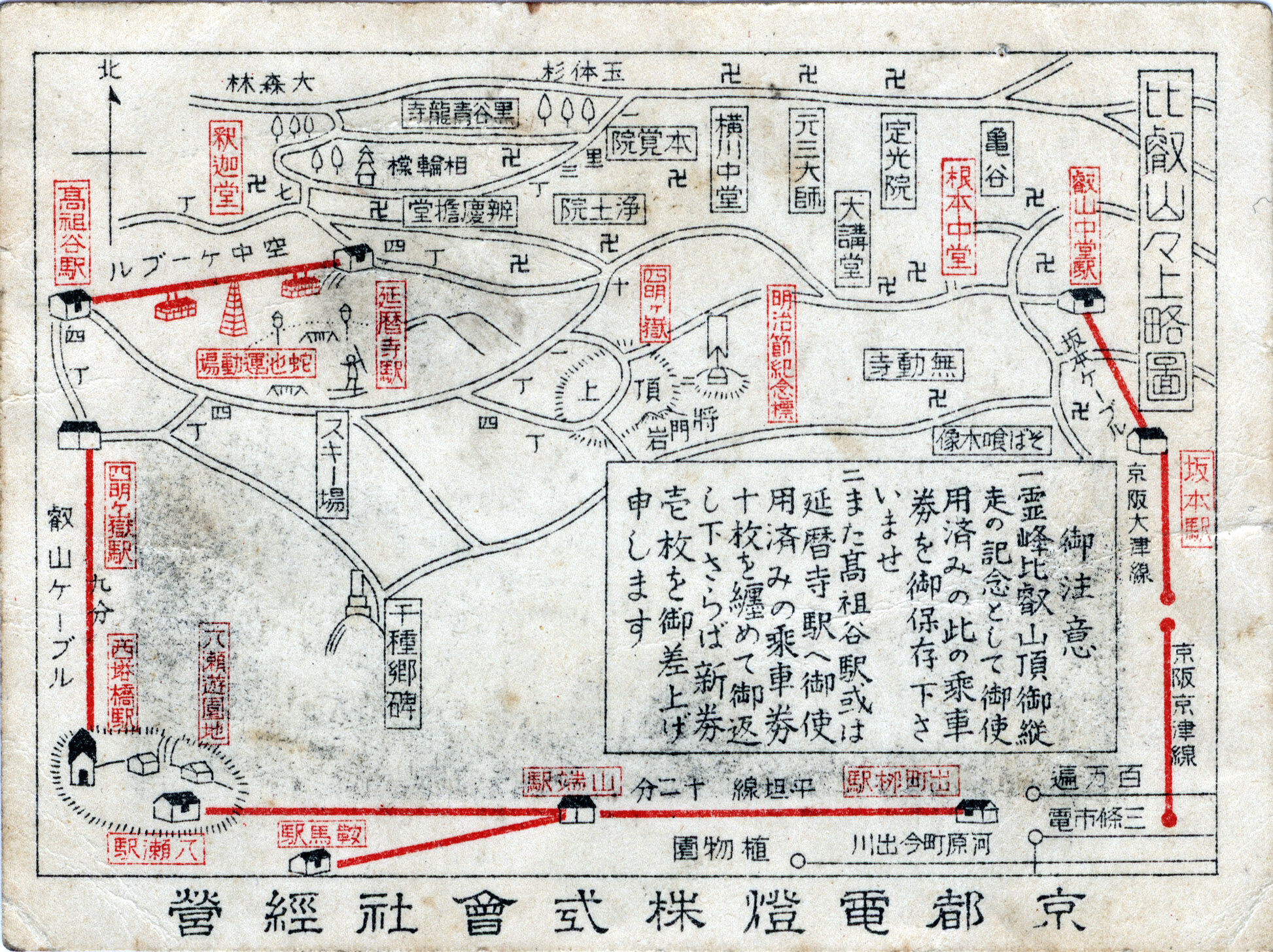
Map: Mt. Hiei Access. Eizan “Sky Cable” aerial cable car souvenir ticket reverse view (see below), Mt. Hiei, Kyoto, 1932, mapping access to the mountain trails leading to Enryakuji and other temple locations on Mt. Hiei itself/ The two rail cable routes up the mountain — Eizan in the west; Sakamoto in the east — provided mountain access in addition to the west face aerial cable car (“Sky Cable”).
See also:
“The Famous Place of Mt. Hiei”, Enryakuji, Kyoto, c. 1930.
Mount Hiei has long been a pilgrimage destination, and the introduction of these cable car lines in the 20th century allowed for easier access to the mountain, enhancing tourism and preserving the area’s natural trails, reflecting Japan’s evolving approaches to tourism and transportation.
Originally, many visitors and pilgrims would make their way up Mount Hiei on foot, a journey that could take hours. The introduction of the Eizan and Sakamoto cable cars and the “Sky Cable” aerial line in the 1920s provided controlled access routes up either side of the mountain that also minimized environmental impact on the few historic pilgrimage ascent trails.
Eizan Cable Car Line
- “The Cable Car”, Mt. Hiei, Kyoto, c. 1930.
- “The Cable Car Mt. Hiei”, Kyoto, c. 1930.
The Eizan Cable Line, officially the Cable Line (Kōsaku-sen), is a Japanese funicular line in Kyōto, operated by Keifuku Electric Railroad. The line opened in 1925, as a western route ascending to Enryaku-ji, a famous temple on Mount Hiei. The line has a 561-meter vertical interval, the steepest in the country.
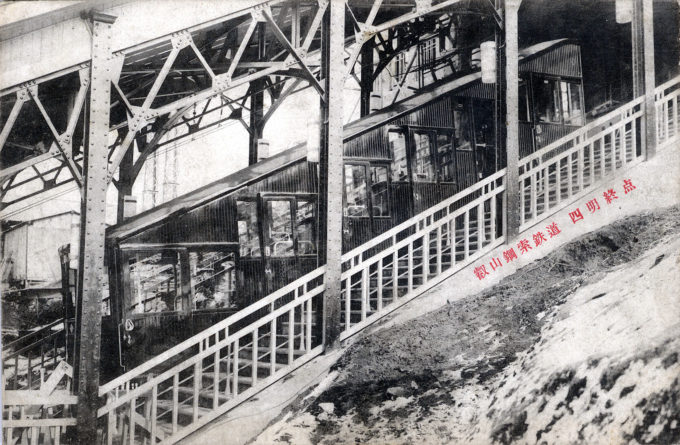
Eizan Cable Car, Shimei Terminal, c. 1930, illustrating the steep incline along its route up the mountain.
The Eizan Sky Cable
The Eizan Sky Cable operates in conjunction with the Eizan Cable line. Together, these lines form a two-part journey: passengers start by taking the Eizan Cable from Yase-Hieizan-guchi Station to the transfer point at Cable Hiei Station, where they switch to the Sky Cable to reach Hieizan Sancho Station near the top of the mountain.
The Eizan Sky Cable opened in October 1928. The original aerial cable line was closed and dismantled in 1944 during the Pacific War for war matériel. The present Eizan Sky Cable reopened in 1955.
- Cable-car station “Shimeigatake”, Eizan Sky Cable, Mt. Hiei, Kyoto, c. 1930, with a roof-top patio.
- “The Cable-Car,” Eizan Sky Cable, Mt. Hiei, Kyoto, c. 1920.
Hieizan Sakamoto Cable Car
The Hieizan Sakamoto Cable Car is Japan’s longest funicular cable car line, and it plays a notable role in connecting visitors to Mount Hiei from the town of Sakamoto in Otsu, near Kyoto. The line was established by Keihan Electric Railway Co., Ltd. and has been in operation since 1927, making it one of Japan’s oldest funiculars. Its primary purpose was to offer easier access to Enryaku-ji Temple, the UNESCO World Heritage site that sits atop Mount Hiei and serves as a significant center of Tendai Buddhism.
The line operates at a gentle speed and covers a length of about 2 kilometers (1.25 miles), with a vertical ascent of 561 meters (about 1,841 feet).
World War II interrupted its operation, as it was briefly closed for security and conservation reasons, but it resumed after the war. The Hieizan Sakamoto Cable Car has since been updated multiple times for comfort and safety, but it retains a classic, nostalgic feel that reminds visitors of its early 20th-century origins.
- Hieizan Sakamoto Cable Car, Mt. Hiei, Kyoto, c. 1930.
- Hieizan Sakamoto Cable Car, Mt. Hiei, Kyoto, c. 1930.
- Hieizan Sakamoto Cable Car, Mt. Hiei, Kyoto, c. 1930.
- Hieizan Sakamoto Cable Car, Mt. Hiei, Kyoto, c. 1930.


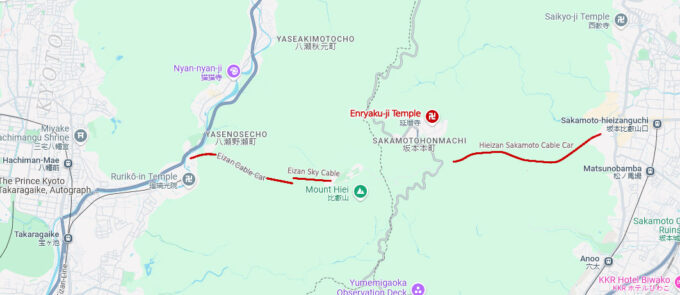
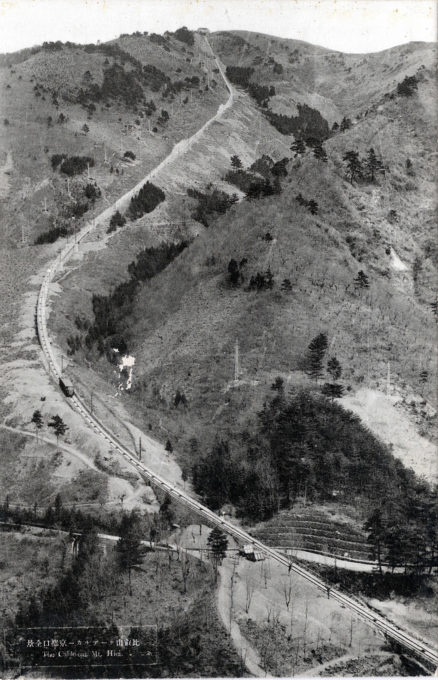
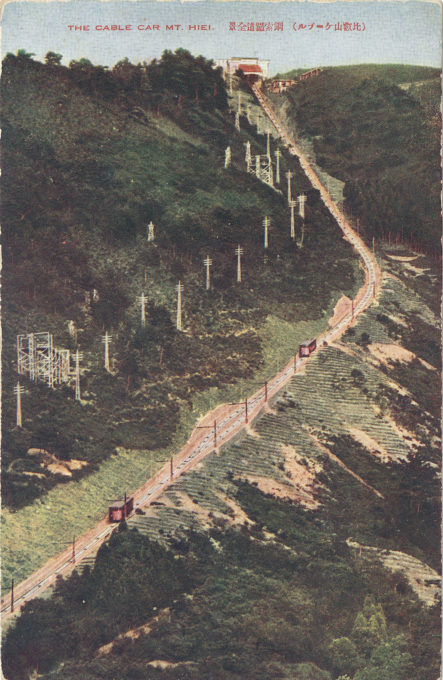
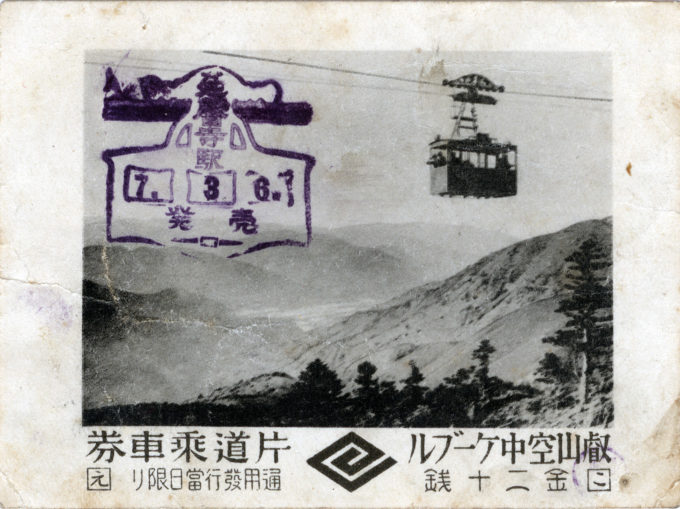
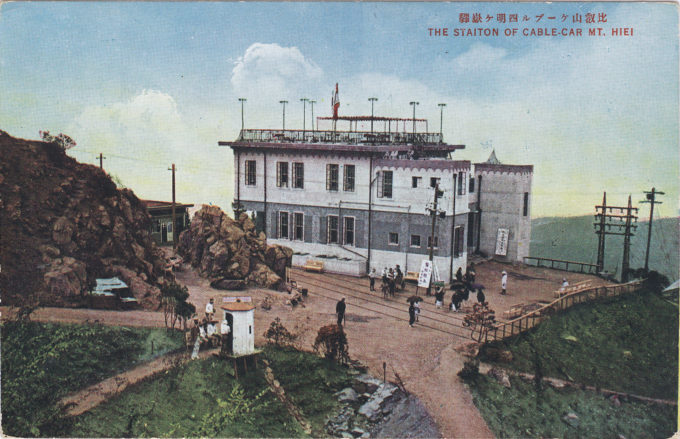
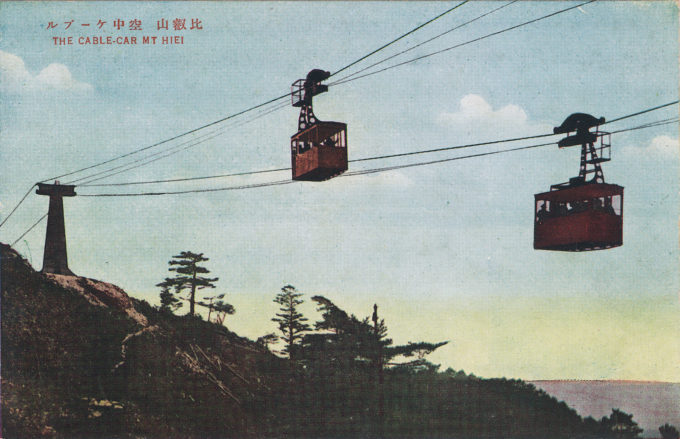
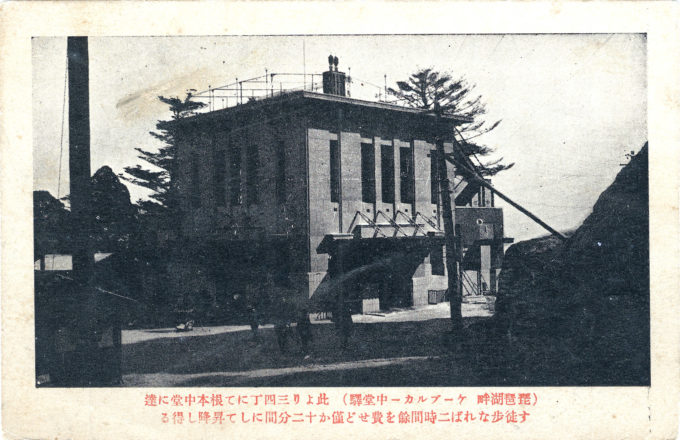
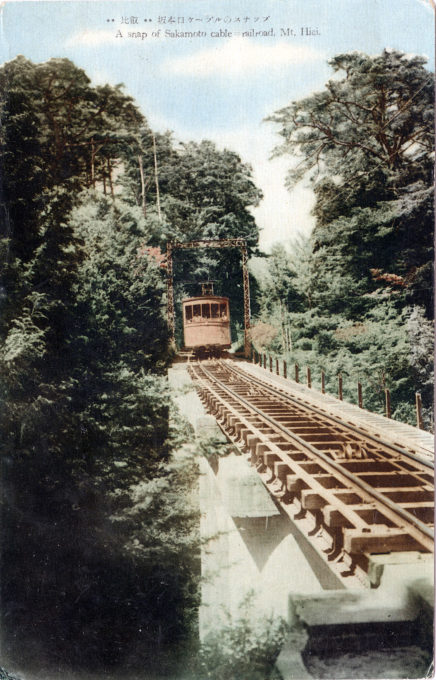
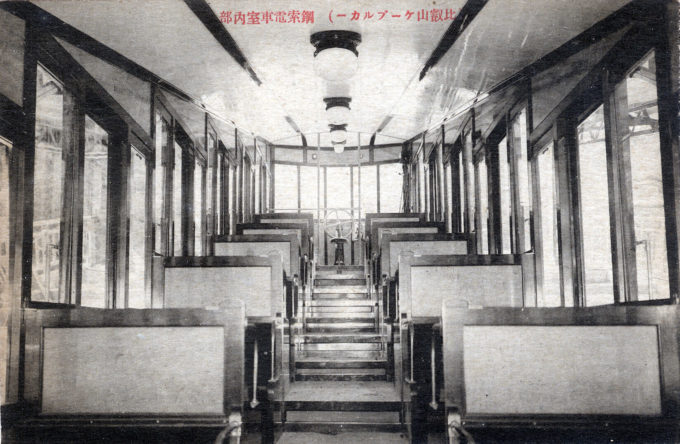
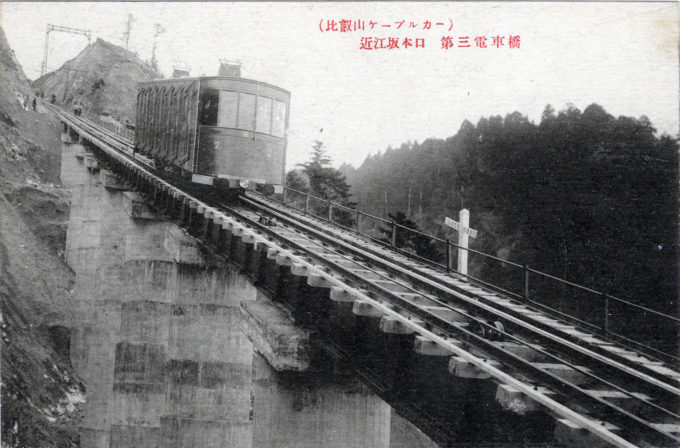
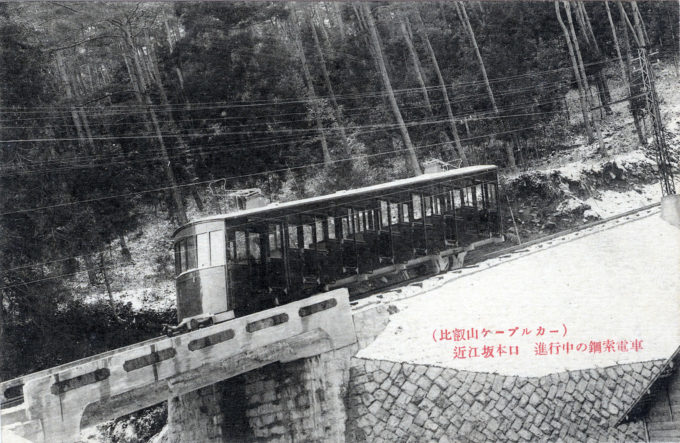
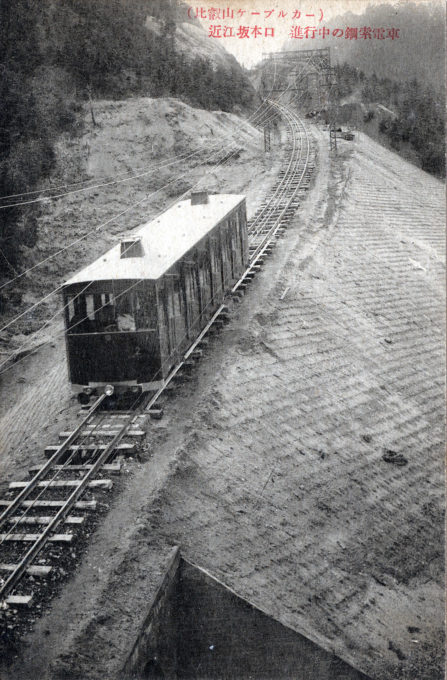
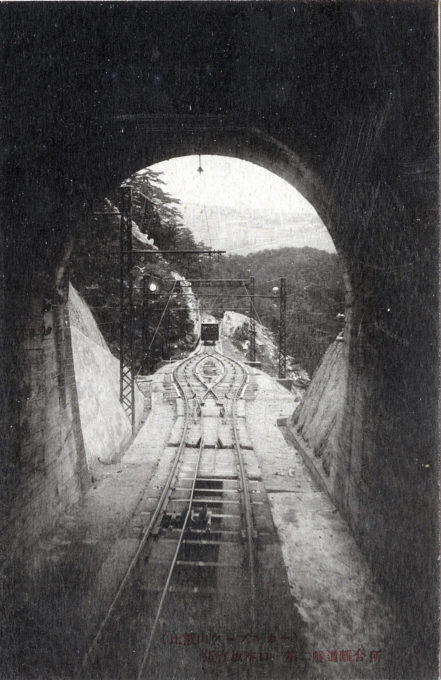
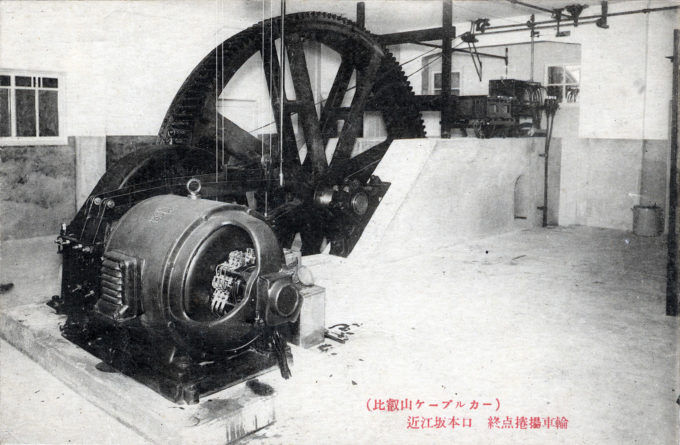
Pingback: “The Famous Place of Mt. Hiei”, Enryakuji, Kyoto, c. 1930. | Old Tokyo